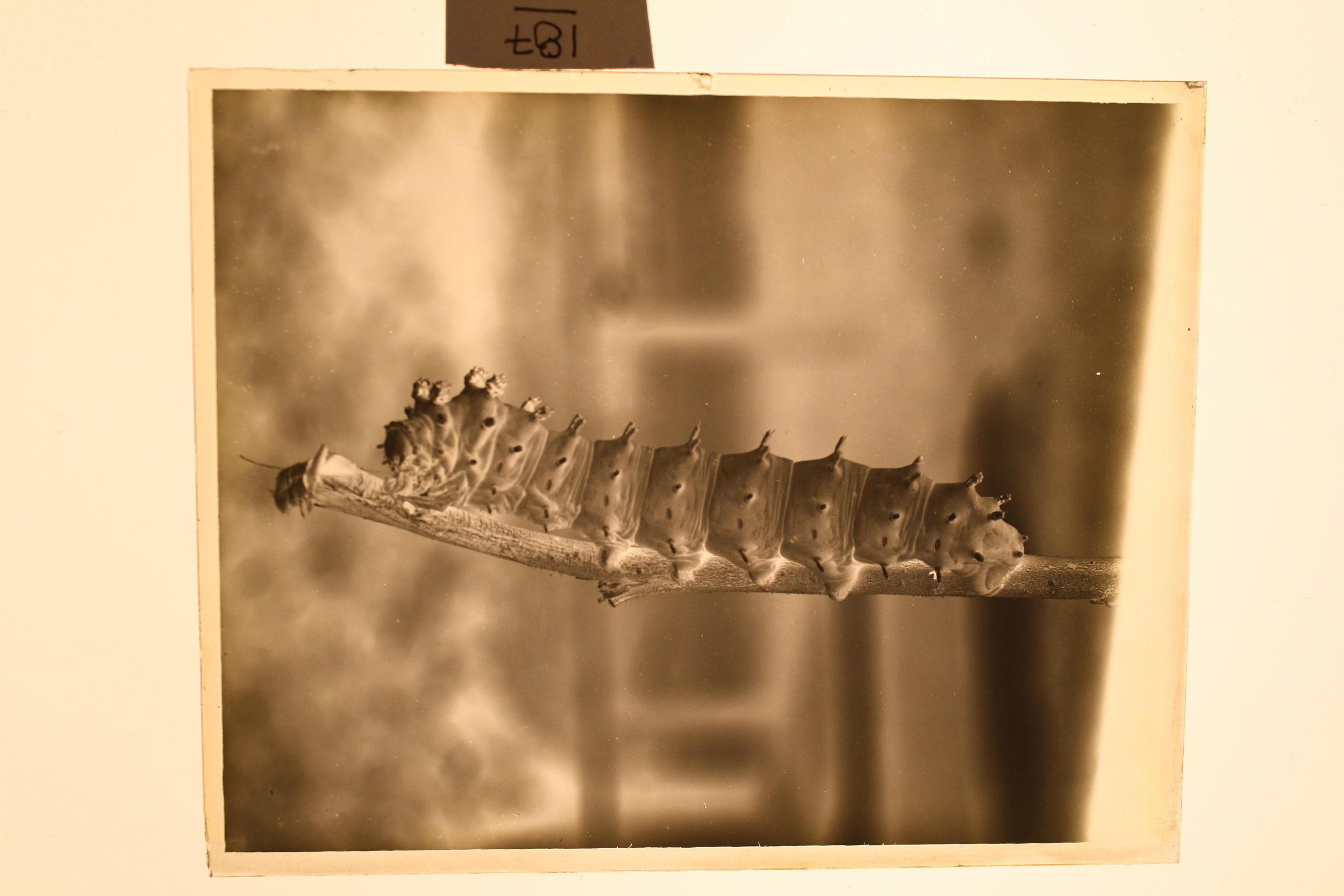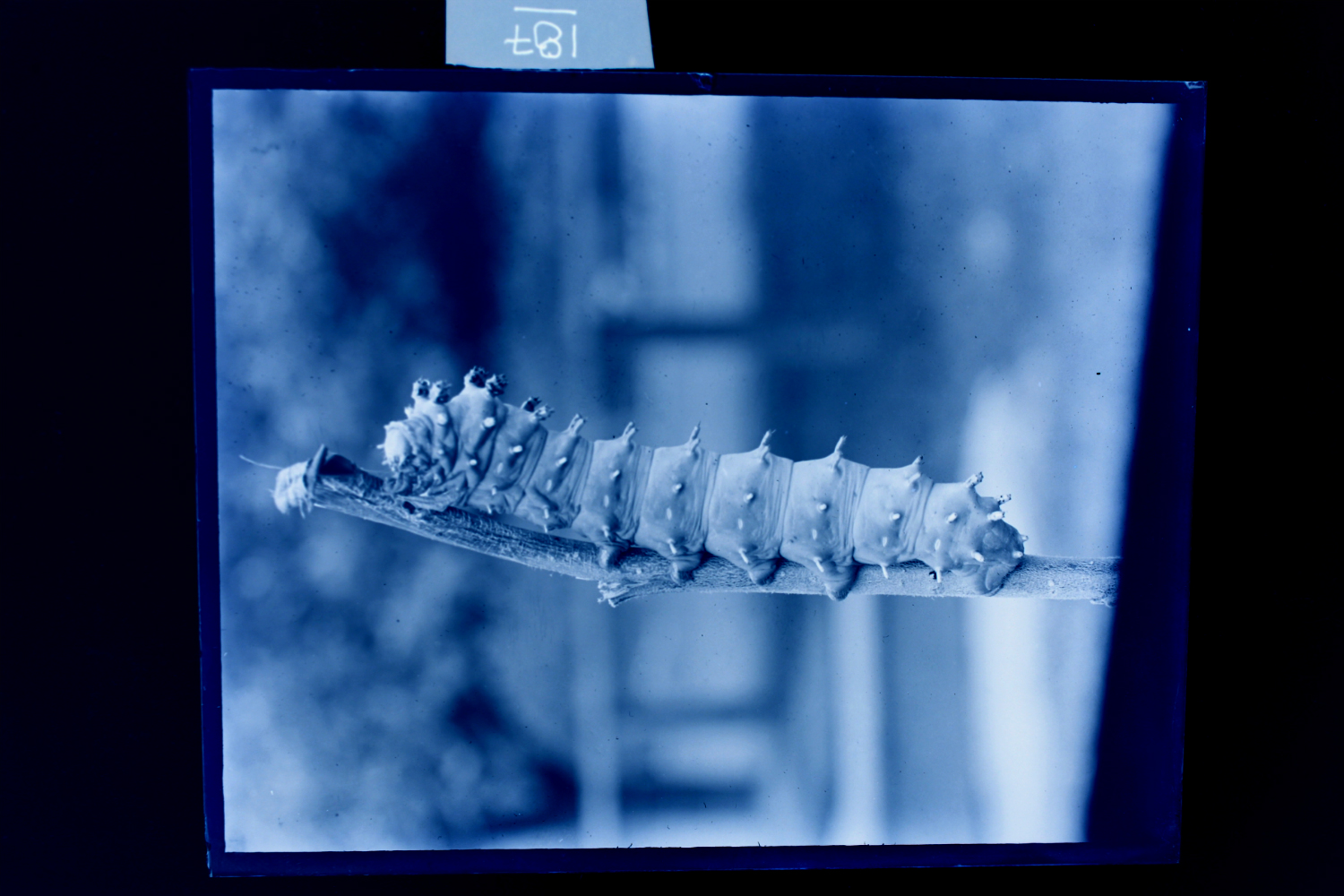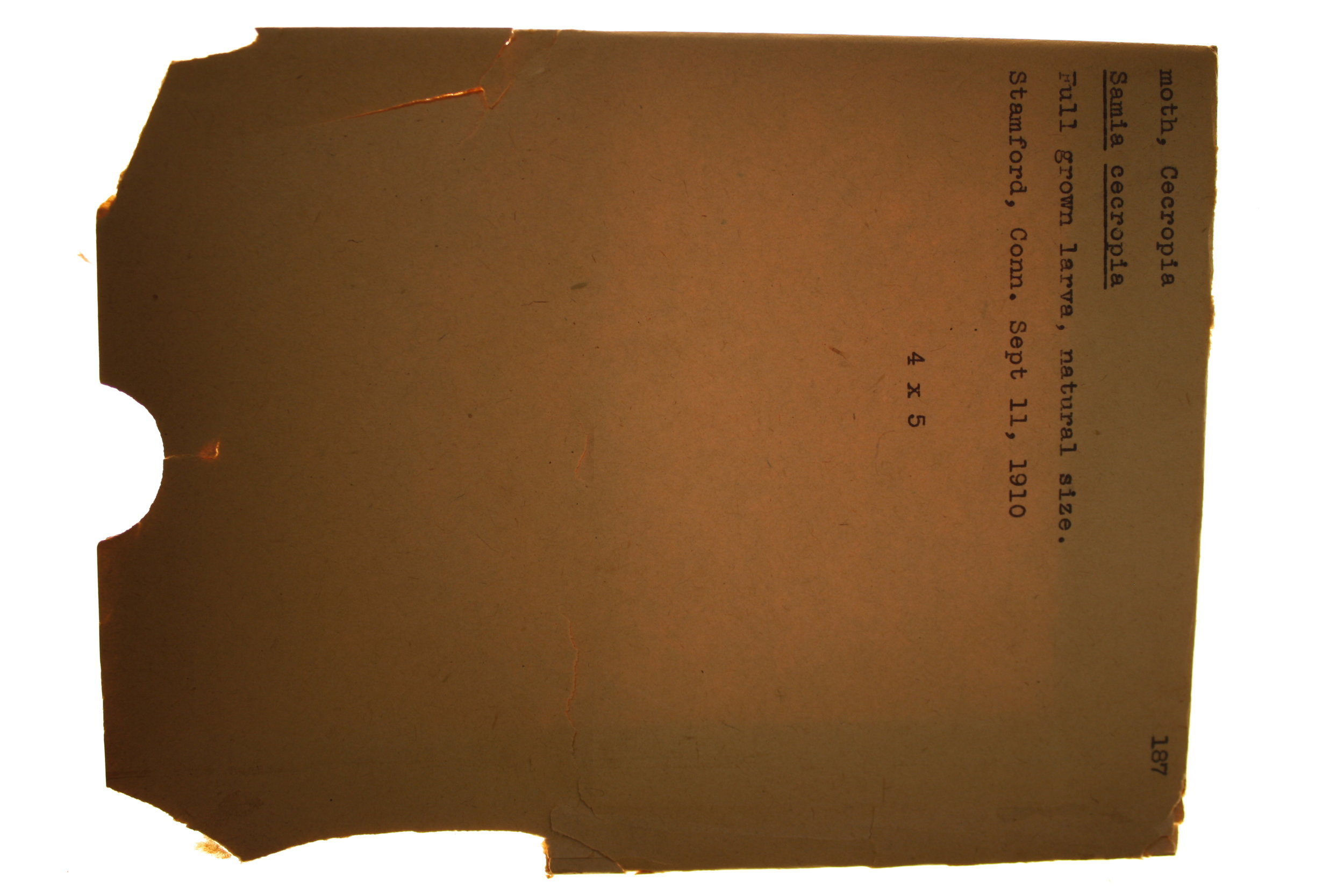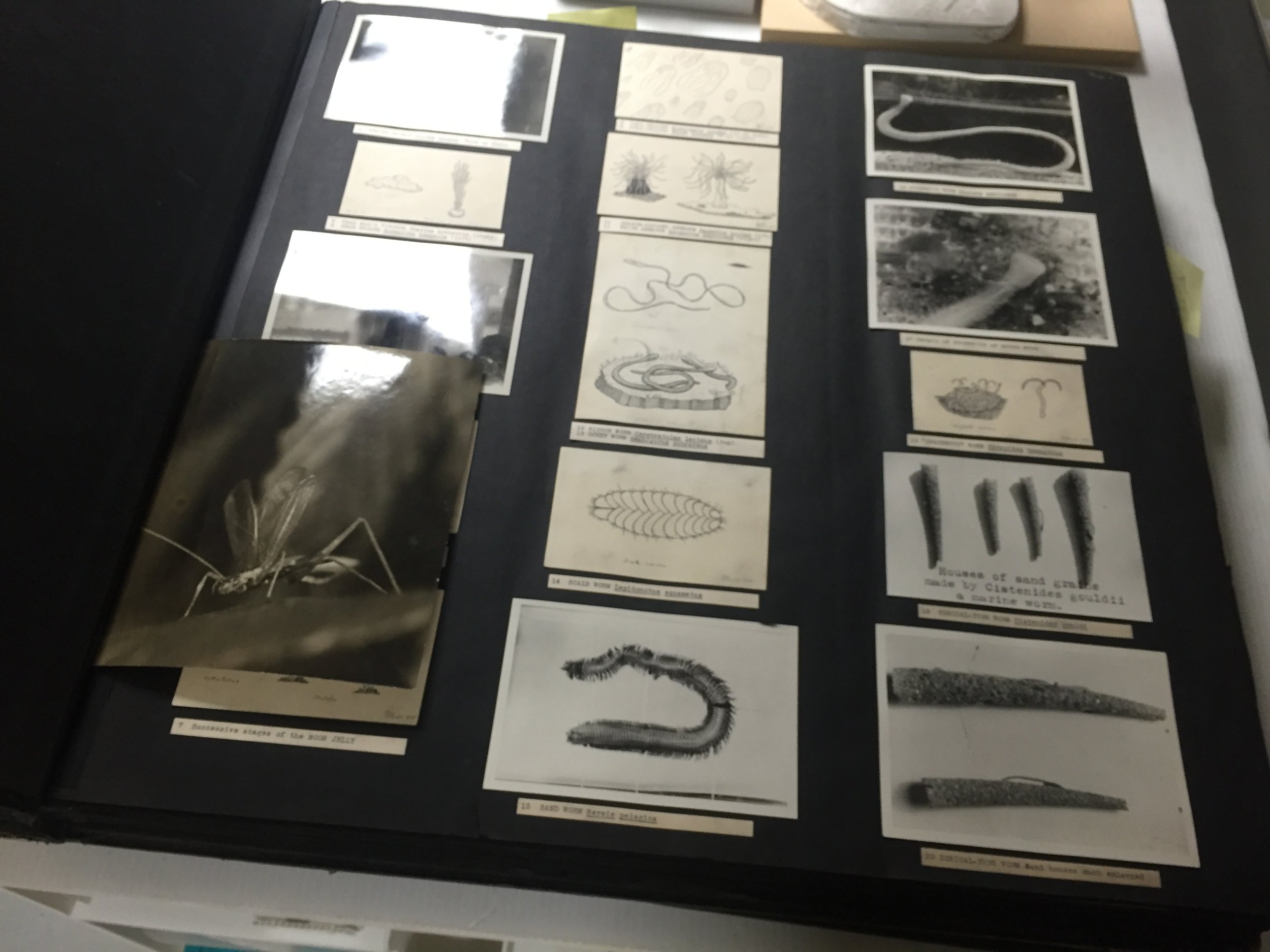Getting Positive about Glass Negatives
/Interns are a very important part of the Bruce Museum and we've been lucky to have some great interns working with us in the science department.
One of our interns, Olivia, was introduced here a couple weeks ago. Now it's time to get to know our other summer science intern, Kaitlyn Standfest! She is currently a junior at Hobart and William Smith Colleges, where she studies anthropology. She had a very special project during her time here, one that took us on a journey back to an earlier time in Bruce Museum History.
This is Paul Griswold Howes. Frequent blog readers may notice that my position borrows its name from this man. Mr. Howes served the Bruce Museum for a mind-boggling 47 years, from 1918 to 1965. His impact upon the museum cannot be overstated, and as the first Curator of Natural History, and later as the Curator-Director, he helped shape the museum into the fine institution it is today.
He was a master naturalist and possessed a multitude of skills and knowledge that helped enhance the museum. He constructed many displays himself and personally crafted taxidermy, painted backgrounds, and sculpted scenery. He was also a photographer, and the Bruce Museum recently acquired around 500 negatives from his body of work. Some of the negatives were on silver nitrate film, but most were on glass plates. Though the use of glass plate negatives was phasing out during Mr. Howes' time, they were still commonly used for scientific photography.
The oldest of these negatives is from 1912, before Mr. Howes even began working for the Bruce! In these photographs, he documented the natural history of Greenwich, Stamford, and Norwalk as part of his preparations for a book on the subject. As antiques, these slides have been through a lot. They were covered in decades of dust and dirt, and that's where Kaitlyn came in.
Kaitlyn's task was to digitize these ancient slides so the originals could be conserved and stored. Each slide is only millimeters thick, meaning that she had to handle them with great delicacy. Very carefully, she cleaned each slide with soft cotton pads wet with distilled water and ethanol. She then moved the slides to our light table, took photographs of both the negatives and their labeled storage sleeves, and moved onto the next one.
Thanks to Kaitlyn's work, we can enjoy the art and science of Mr. Howes' photography without risking their antique originals. She made it through about 3/4 of the collection before she had to return to college. Considering the time-intensive nature of this project, that is quite the impressive feat!
Thank you Kaitlyn, and all of us here hope you're enjoying the start of a new semester!
- Kate Dzikiewicz, Paul Griswold Howes Fellow




















